The guard pin on the pallet fork moves simultaneously, providing functional security for the escapement. As ingenious as it is simple, this invention represents a decisive evolutionary advance over Robin’s original idea. Depending on the anchor’s position, the guard pin either swings through a notch and into the interior of the roller, or it swings out of the roller to secure the anchor over the flank of the roller. The positioning of the pin prevents uncontrolled lateral motion of the pallet fork. Audemars Piguet has patented this system, which combines in an unprecedented manner the advantages of a detent escapement with those of a conventional Swiss lever escapement.
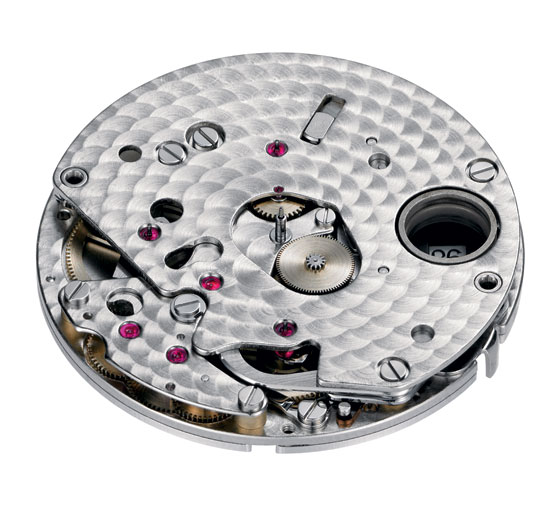
The new AP escapement requires no lubrication because the pallet jewels engage with the teeth of the escape wheel to a depth of only 0.05 mm. The corresponding depth of penetration in a Swiss lever escapement is 0.4 mm. Furthermore, a single impulse during two semi-oscillations reduces disturbing influences on the balance for a high degree of efficiency (50%, as opposed to only about 30% for a Swiss lever escapement).
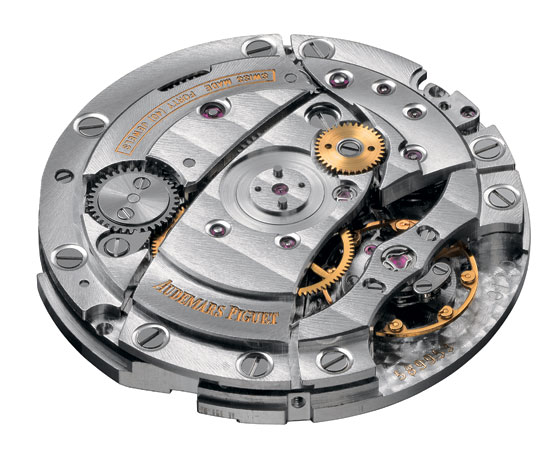
The new escapement can be integrated into Caliber 3120 without altering the gear train. The changes begin at the escape wheel, which has a new shape with so-called “pointed teeth.” This wheel is no longer protected against shocks as it was in earlier AP calibers, and it is now positioned under a bridge that it shares with the anchor. The change doesn’t predetermine the pace with which time is subdivided because the regulating organ can be adjusted to run at various speeds. Successful tests have been performed at frequencies ranging from 21,600 to 43,200 semi-oscillations per hour. The goal is to choose a frequency that doesn’t permit the movement to gain more than one-half to two seconds per day. Measuring the deviation of rate poses another challenge to AP. Conventional timing machines record the strokes of the anchor of a Swiss lever escapement, but the anchor in the new AP escapement gives only one impulse to the balance and thus produces different sounds, which must be filtered accordingly. Ordinary measuring devices are not able to accomplish this, so watchmakers use high-speed cameras, of the kind used at the finish line of track-and-field events, to make the measurements. These cameras can shoot up to 4,000 pictures per second, which AP evaluates to calculate the watch’s rate. Its efforts focus on a combination of cameras and acoustics to achieve measurements that can be used to analyze the rates of all future movements equipped with the new AP escapement. Before these movements can come about, however, Audemars Piguet’s escapement must first make the leap into industrialized manufacturing —a crucial task at which its technicians are already hard at work.
This article was originally posted on July 1, 2013 and has been updated.

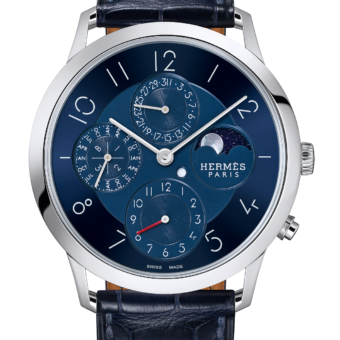


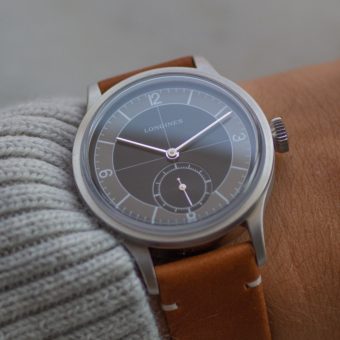
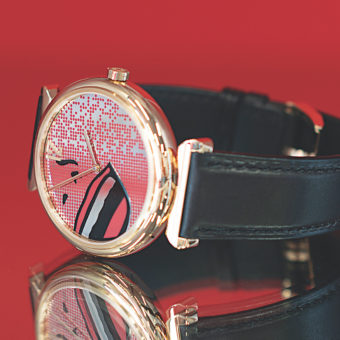

Gyromax is not registered by Patek Philippe?